In the heart of Egypt, where the Nile winds through ancient landscapes and the sun casts its golden glow over bustling markets, a quiet revolution is taking place in the world of beverages. Hibiscus cold brew, a drink deeply rooted in Egyptian tradition, is experiencing a modern resurgence. This vibrant crimson elixir, known locally as "karkadeh," has long been cherished for its tart, refreshing flavor and myriad health benefits. But today, it’s being reimagined through the lens of contemporary coffee culture, emerging as a sophisticated alternative to traditional iced teas and coffees.
The process of crafting hibiscus cold brew is as much an art as it is a science. Unlike the quick steeping method used for hot hibiscus tea, cold brewing involves a patient extraction that can take anywhere from 12 to 24 hours. Dried hibiscus petals, sourced from the fertile banks of the Nile, are submerged in cold, filtered water and left to infuse slowly. This gentle method coaxes out the flower’s natural sweetness while tempering its characteristic sharpness, resulting in a smooth, well-rounded flavor profile. The final product is often described as having notes of cranberry, pomegranate, and a subtle floral undertone that lingers on the palate.
What sets Egyptian hibiscus cold brew apart is not just its taste but also its cultural significance. For centuries, hibiscus tea has been a staple in Egyptian households, served both hot and cold depending on the season. It’s a drink that transcends social boundaries, enjoyed by everyone from farmers taking a break under the shade of a palm tree to urban professionals sipping it in trendy Cairo cafes. The cold brew variation, however, adds a layer of modernity to this age-old tradition. It’s a nod to the global slow coffee movement while remaining unmistakably Egyptian in character.
The health benefits of hibiscus cold brew are another reason for its growing popularity. Rich in antioxidants, particularly anthocyanins, the drink is believed to support heart health and aid in lowering blood pressure. Its high vitamin C content makes it a favorite during flu season, while its natural diuretic properties have earned it a reputation as a detoxifying agent. Unlike sugary sodas or artificially flavored iced teas, hibiscus cold brew offers a guilt-free way to stay hydrated in Egypt’s scorching summers. Some local vendors have even begun experimenting with infused versions, adding mint, ginger, or citrus peel to enhance both flavor and nutritional value.
From street carts to specialty shops, hibiscus cold brew is carving out its niche in Egypt’s beverage scene. In Cairo’s Zamalek district, hip coffee bars now feature it alongside artisanal espresso drinks, served over ice with a sprig of fresh mint. Along the Red Sea coast, resort bartenders are mixing it into cocktails, creating refreshing hibiscus mojitos and spritzes. Even international chains operating in Egypt have taken notice, with several adding hibiscus cold brew to their seasonal menus. This widespread adoption speaks to the drink’s versatility and its ability to bridge the gap between tradition and innovation.
The production of hibiscus for cold brew also has important economic implications for rural communities in Upper Egypt. Many small-scale farmers who once struggled to compete in global markets are finding new opportunities as demand for high-quality hibiscus grows. Cooperatives have sprung up to ensure fair prices and sustainable farming practices, while local entrepreneurs are developing value-added products like cold brew concentrate and hibiscus syrup. This economic ripple effect demonstrates how a simple beverage can have far-reaching impacts beyond just refreshment.
As Egyptian hibiscus cold brew gains international attention, it faces both opportunities and challenges. On one hand, there’s growing interest from health-conscious consumers in Europe and North America, with some specialty stores beginning to stock imported versions. On the other, there’s the risk of cultural appropriation or dilution as large corporations attempt to commercialize the drink without respecting its origins. Preserving the authenticity of hibiscus cold brew while allowing room for creative interpretation will be key to its long-term success on the global stage.
Looking to the future, hibiscus cold brew represents more than just another trendy drink. It’s a testament to Egypt’s rich agricultural heritage and its ability to adapt tradition to modern tastes. Whether enjoyed at a roadside stall in Luxor, a rooftop bar in Alexandria, or a health food store in New York, each sip carries with it centuries of history and the promise of new possibilities. As the world continues to discover this ruby-red treasure from the Nile, hibiscus cold brew is poised to become not just Egypt’s signature drink, but a global phenomenon that celebrates the perfect marriage of tradition and innovation.
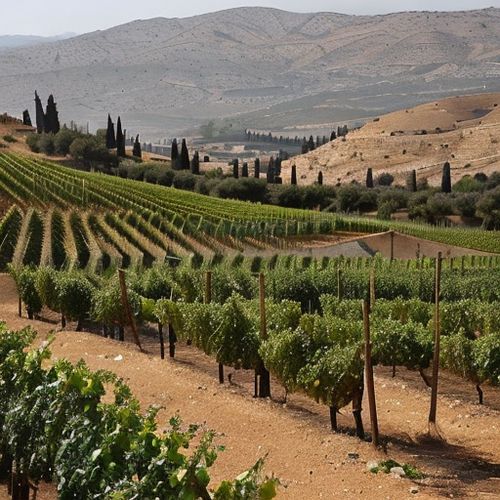
By Jessica Lee/May 10, 2025
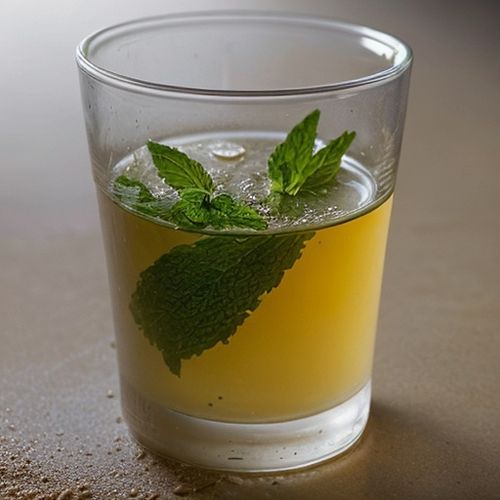
By Victoria Gonzalez/May 10, 2025
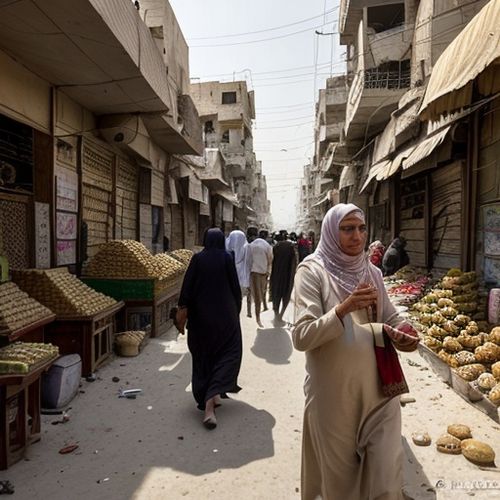
By Noah Bell/May 10, 2025
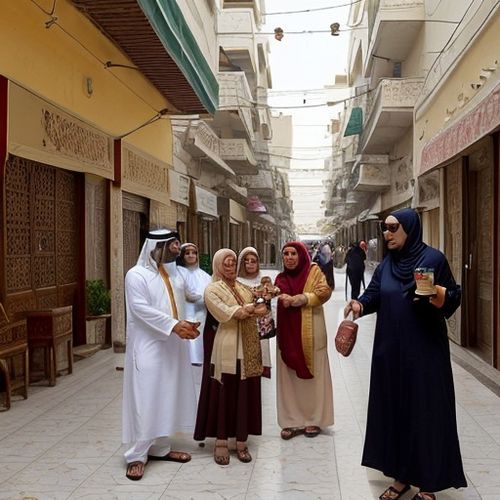
By Benjamin Evans/May 10, 2025
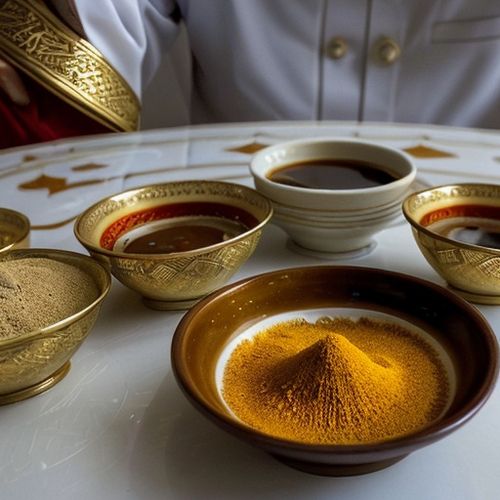
By Rebecca Stewart/May 10, 2025
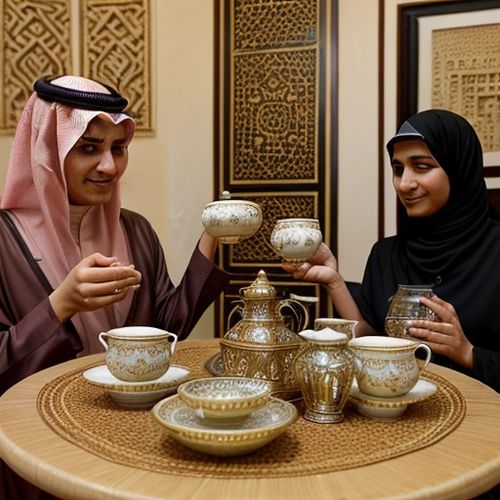
By Daniel Scott/May 10, 2025
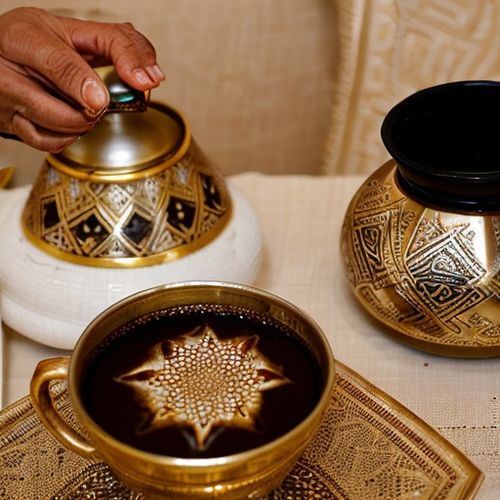
By Samuel Cooper/May 10, 2025
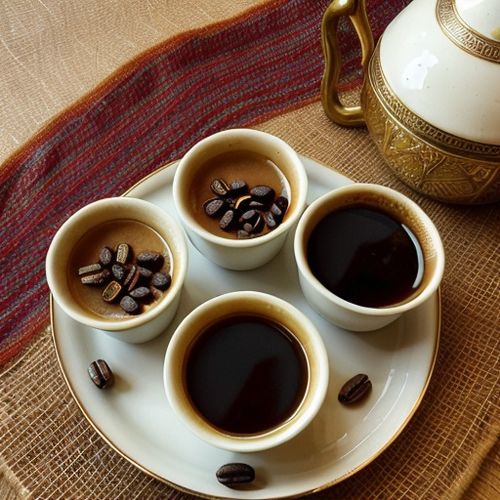
By Ryan Martin/May 10, 2025
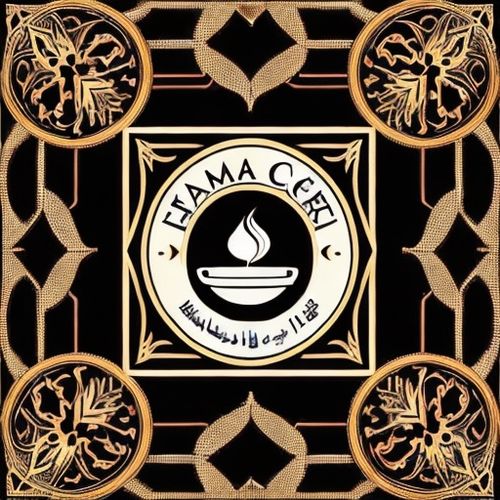
By James Moore/May 10, 2025

By Rebecca Stewart/May 10, 2025
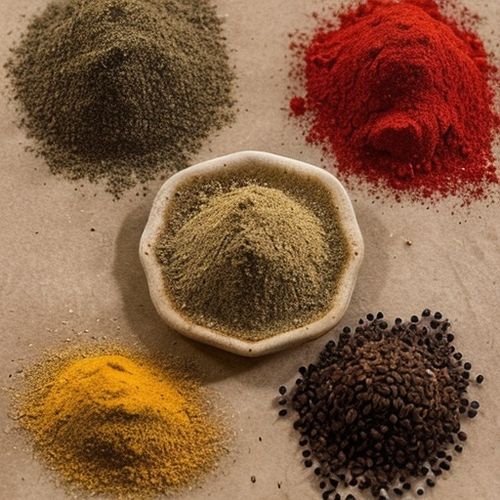
By Rebecca Stewart/May 10, 2025

By Thomas Roberts/May 10, 2025
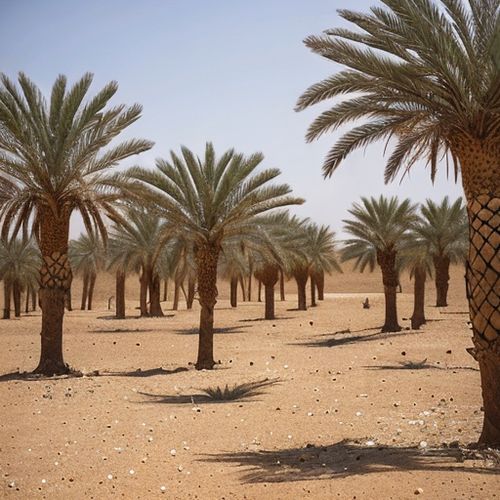
By Grace Cox/May 10, 2025
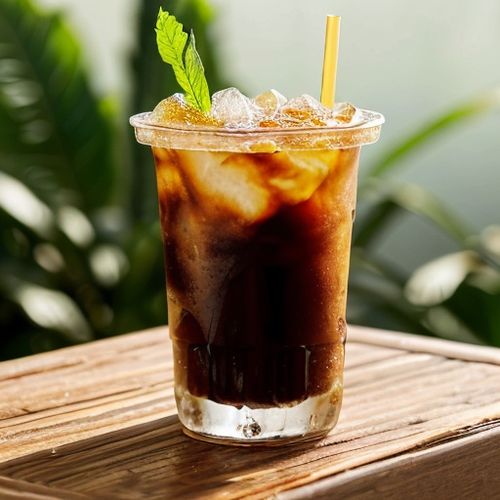
By Sophia Lewis/May 10, 2025
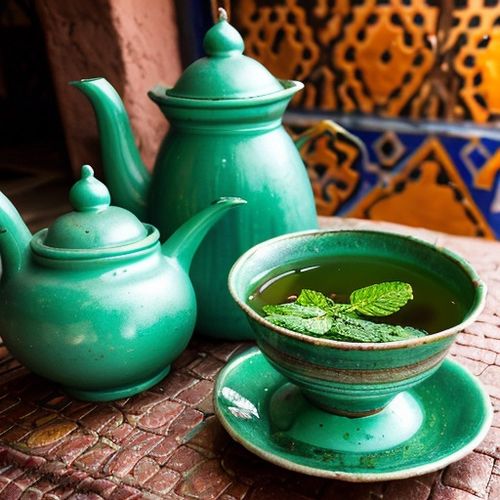
By Sophia Lewis/May 10, 2025
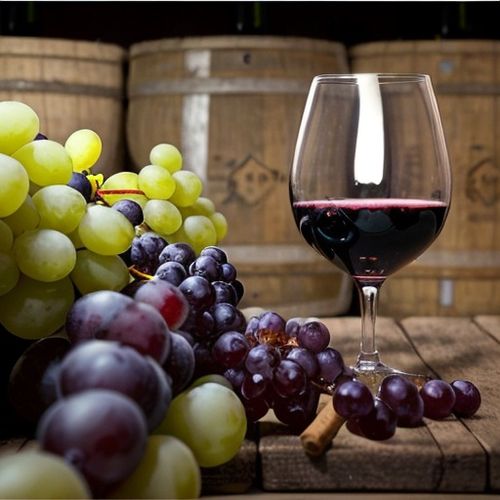
By Daniel Scott/May 10, 2025

By Amanda Phillips/May 10, 2025

By Lily Simpson/May 10, 2025
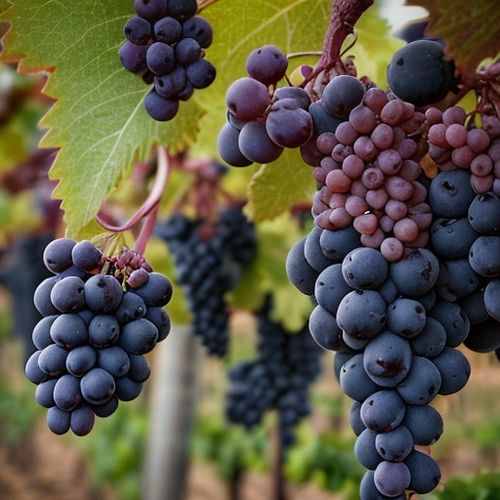
By Natalie Campbell/May 10, 2025
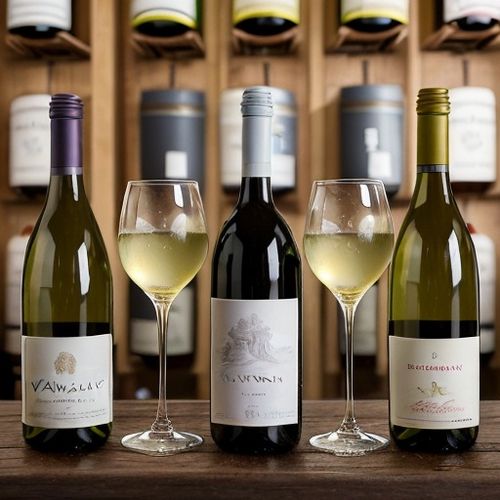
By Olivia Reed/May 10, 2025